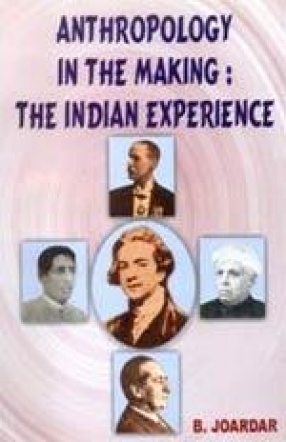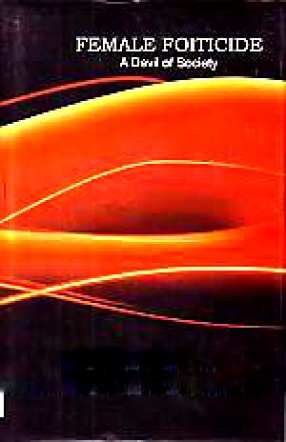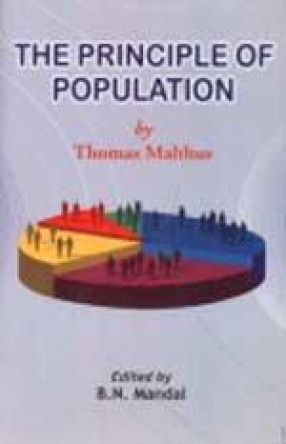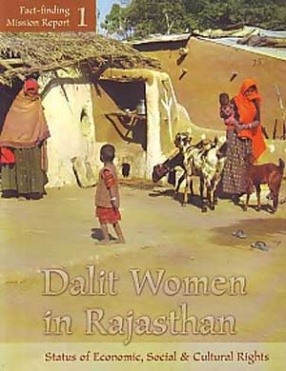History of Indian anthropology was never given due importance by our anthropologies. It neither formed a part of the teaching curriculum nor a subject of research. Vidyarthi first reviewed in detail the developments after the introduction of anthropology as an academic discipline in an Indian University in 1920. Although some scholars made brief attempts, no one has discussed the pre-1920 history in detail. The author in this book has endeavoured to present the entire history of the pre-disciplinary era of Indian anthropology tracing it back to the Vedic period so that a complete picture of the rise of anthropology in India may emerge. He has discussed in a separate chapter, the life and works of some of the pioneers of Indian anthropology to familiarize the present generation of anthropologists with their contribution. In the present volume, besides ethnography, caste studies, village studies and folklore, for the first time in India development of criminal anthropology, biological anthropology, ethnological museums and foundation of anthropological society in India has been discussed. In the early days of teaching of anthropology in India, Vedas, Upanishads, Samhitas, Puranas and other ancient Indian texts formed a part of the curriculum. Later the study of these ancient Indian texts was discontinued and the subject became heavily dependent on the ‘Oxbridge tradition’. After 1960 the influence of American anthropology specially that of the ‘Chicago-Comell school’ prevailed over the British school. Thus our anthropologists were never free from western influence and consequently Indian anthropology lacked a distinct identity. Strongly advocating indigenisation of foreign concepts the author in this volume has made some concrete suggestions towards the establishment of an Indian school of anthropology. In the concluding chapter the author has classified the development of Indian anthropology into different phases in an attempt to present the history of anthropology in India in a systematic chronological order.
Anthropology in the Making: The Indian Experience
by B. Joardar
$36.90
$41.00
In stock
Free & Quick Delivery Worldwide
All orders amounting to US$ 50 or more qualify for Free Delivery Worldwide. For orders less than US$ 50, we offer Standard Delivery at $14 per book.
ABOUT THE AUTHOR B. Joardar
Dr. Biswanath Joardar was awarded Ph.D in Anthropology in 1978 by the University if Calcutta. He has done intensive field work among the jute mill labourers, prostitutes in West Bengal, scavengers in Karnataka, weavers in Kashmir Valley, fisher-folk in Diu and tribals in the Indo-Bhutan and Indo-Tibet Border. He is the author of several books. The notable among them are: Prostitution in Historical and Modern Perspectives; Prostitution: A Bibliographical Synthesis; and Prostitution in Nineteenth and Early Twentieth Century Calcutta. He has served as Guest Faculty at the Indian Institute of Public Administration; National Institute of Urban Affairs; National Institute of Criminology and Forensic Science; National Institute of Social Defence. He has also served as National Consultant off Food and Agriculture Organisation (FAO), United Nations in connection with Vitamin ‘A’ Project. During 1992-1997 he was Deputy Director in the Department of Urban Poverty Alleviation, Ministry of Urban Poverty Alleviation, Ministry of Urban Affairs and Employment, Government of India. “It is primarily for his contribution the UNICEF component of Urban Poverty Alleviation Programme took roots in the country.†He has served as member of selection committee for Junior Faculty and Senior Faculty Positions at thee Administrative Training Institute, Government of Karnataka; State Training Institute of Government of Tamil Nadu; Punjab Institute of Public Administration; State Urban Development Agency, Government of Punjab; National Institute of Urban Affairs; Community Health Nutrition Research and Training Centre of the Institute of Home Economics, New Delhi. He is the recipient of Human Rights Millennium Award.
reviews
0 in total
Review by Anonymous
Be the first to review “Anthropology in the Making: The Indian Experience” Cancel reply
You must be logged in to post a review.
Bibliographic information
Title
Anthropology in the Making: The Indian Experience
Author
Edition
1st ed.
Publisher
ISBN
8121004063
Length
368p., References; Index; 23cm.
Subjects





There are no reviews yet.